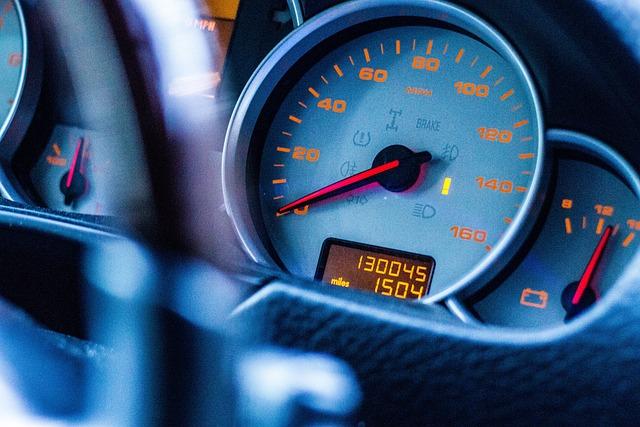The International Atomic Energy Agency (IAEA) has adopted a new resolution aimed at restoring its oversight activities in Iran, while notably refraining from imposing any additional obligations on the country. This development, announced by the WANA News Agency, marks a significant step in nuclear monitoring efforts amid ongoing diplomatic tensions. The resolution underscores a renewed commitment to transparency and accountability without escalating demands on Tehran, reflecting a delicate balance in international diplomacy.
IAEA Resolution Renewing Monitoring Enhances Transparency Without Increasing Iran’s Commitments
The recent agreement reached by the International Atomic Energy Agency (IAEA) marks a significant step toward restoring crucial verification measures in Iran. While the resolution extends the mandate for monitoring Iranian nuclear activities, it explicitly does not impose any new obligations or restrictions on Tehran beyond existing commitments. This move aims to bolster transparency and confidence in the peaceful nature of Iran’s nuclear program without escalating diplomatic tensions or demands.
Key elements of the resolution include:
- Continuation of real-time surveillance through camera footage and remote monitoring tools
- Regular reporting requirements from the IAEA to member states on compliance status
- No additional inspections or new procedural constraints beyond those previously agreed upon
- Extension of existing safeguards protocols for a predetermined period
This balanced approach reflects the international community’s ongoing commitment to rigorous oversight while respecting the framework established by the 2015 nuclear agreement.
Implications for Regional Stability and International Nuclear Non-Proliferation Efforts
The recent IAEA resolution marks a pivotal moment for stability in the Middle East, easing heightened tensions by reinstating critical oversight without imposing additional constraints on Iran. This balance helps maintain diplomatic momentum in a region often marred by mistrust and volatility. By restoring the agency’s monitoring capabilities, the resolution reassures neighboring countries and the global community that nuclear activities remain transparent and within agreed frameworks, thereby reducing the risk of misunderstandings or escalations.
From the perspective of international nuclear non-proliferation efforts, the resolution sets a nuanced precedent. It underscores the importance of engagement and verification over punitive measures. Key takeaways include:
- Respecting sovereign obligations: Acknowledging that no new obligations were imposed helps preserve Iran’s willingness to cooperate.
- Enhancing verification mechanisms: Reinstating oversight strengthens confidence in compliance without escalating confrontation.
- Encouraging diplomatic dialogue: Provides a framework for continued negotiations within the Non-Proliferation Treaty (NPT) context.
| Aspect | Impact | Long-term Outlook |
|---|---|---|
| Regional Stability | Reduced immediate tensions | Promotes cautious cooperation |
| IAEA Oversight | Re-established monitoring | Supports transparency and trust |
| Nuclear Non-Proliferation | Maintains NPT framework | Enables dialogue over sanctions |
Recommendations for Sustained Diplomatic Engagement and Strengthened Verification Mechanisms
To ensure the long-term effectiveness of the renewed oversight, diplomatic channels must remain open and active. Continuous dialogue between the International Atomic Energy Agency (IAEA) and Iranian officials is essential not only to monitor compliance but also to address any ambiguities before they escalate into conflicts. Building trust through transparency and timely information sharing will reinforce the mutual responsibility that underpins the current resolution, preventing misunderstandings and fostering a collaborative environment.
Strengthening verification mechanisms calls for a multi-layered approach that balances technical rigor with political sensitivity. Recommended strategies include:
- Enhanced use of remote monitoring technologies to provide real-time data without infringing on sovereignty.
- Establishment of joint inspection teams combining IAEA experts and Iranian counterparts to promote ownership and cooperation.
- Periodic third-party reviews aimed at benchmarking progress and identifying potential risks early.
| Verification Element | Proposed Enhancement | Expected Outcome |
|---|---|---|
| Data Transparency | Real-time remote sensing | Faster anomaly detection |
| Inspections | Joint IAEA-Iran teams | Greater local cooperation |
| Periodic Reviews | Third-party oversight | Objective progress assessments |
In Summary
The new IAEA resolution marks a pivotal development in the ongoing efforts to monitor Iran’s nuclear activities, reinstating crucial oversight mechanisms without imposing additional obligations on Tehran. As the international community continues to navigate the complexities of diplomacy and transparency, the resolution represents a balanced approach aimed at maintaining vigilance while fostering dialogue. Observers will be closely watching how this move influences future negotiations and Iran’s adherence to existing agreements.




